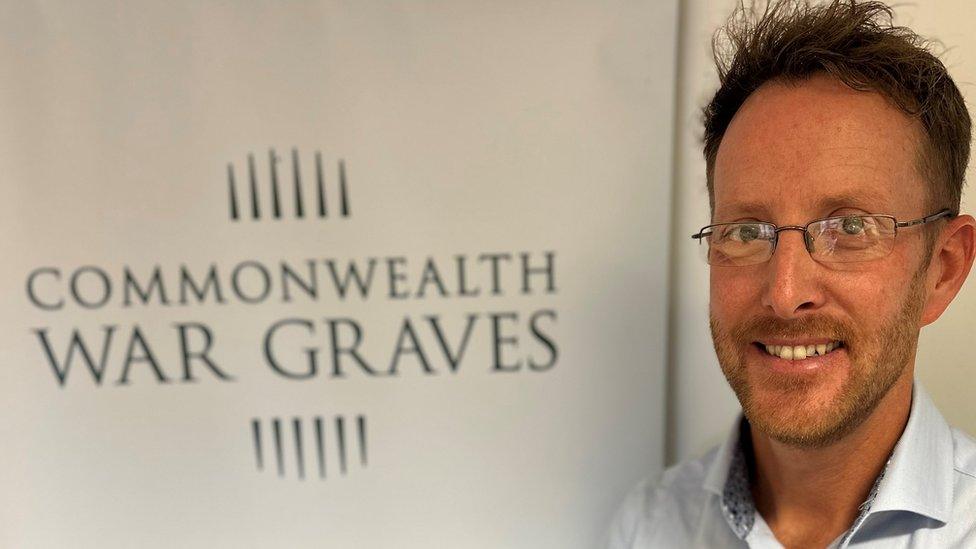WW1 soldiers buried in unknown graves identified
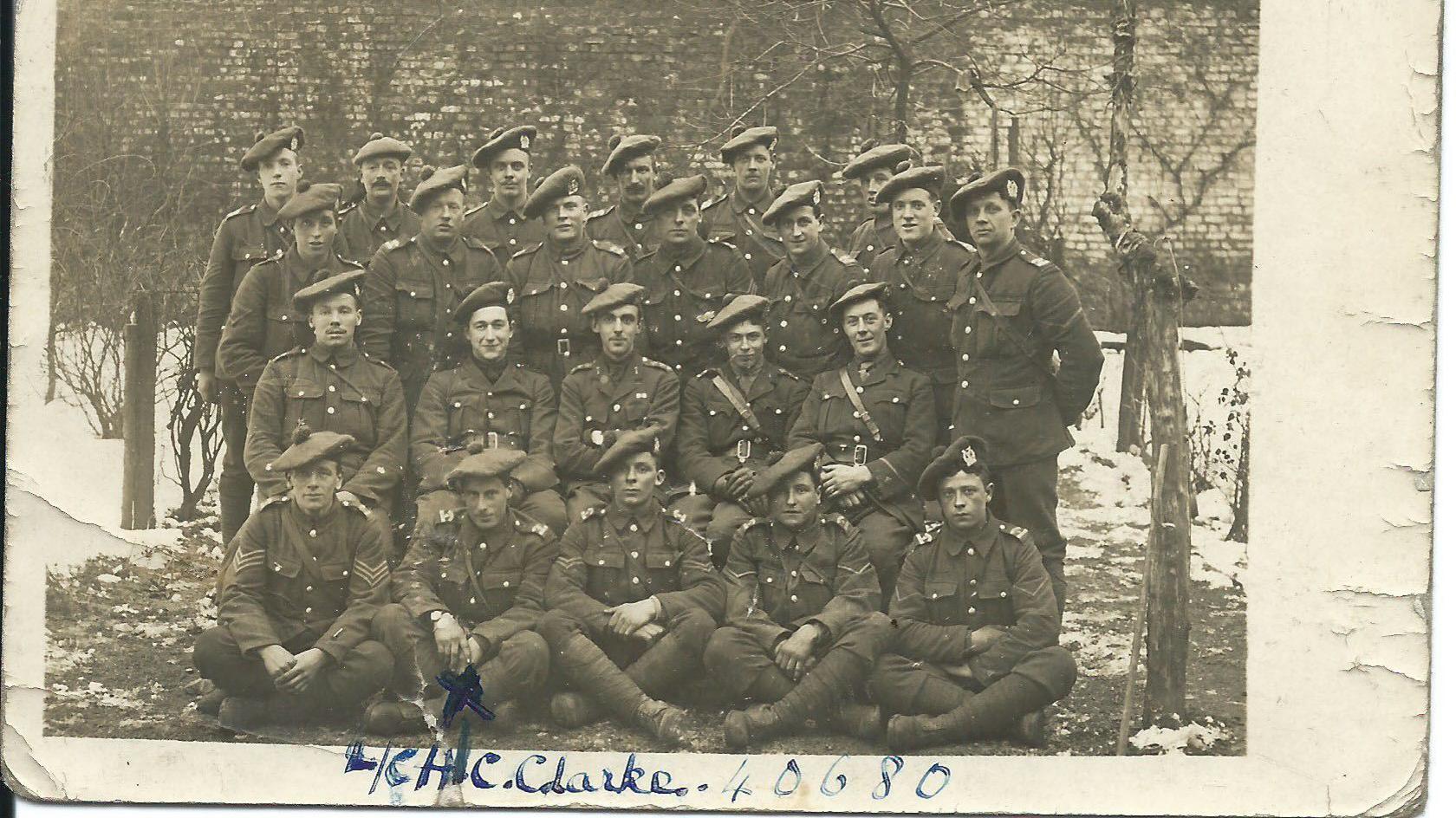
The Tyneside Scottish sustained heavy losses in World War One
- Published
Soldiers who died in World War One and were buried in unnamed graves have been identified.
Twenty-two men who served in the 4th Tyneside Scottish battalion died during a trench raid in France, in February 1917, but only nine were buried in named graves.
But the final resting places of the remaining 13 men have been discovered in Rue-Petillon cemetery in France.
The grave of the battalion's captain, Cedric Daggett, was rededicated to him at a ceremony at the cemetery on 19 March.

Capt Cedric Daggett was buried in a grave with no name
David Tattersfield, from The Western Front Association, an organisation for those interested in World War One, has identified the missing soldiers after spotting their graves while in France.
Mr Tattersfield became interested in the men when he noticed several unknown graves all marked with the same date, including one belonging to an officer.
"I did the research and discovered that there were only one particular group of men who this could possibly be," he said.
"There were not an awful lot of over-the-top, big, set-piece battles that took place in the First World War in the winter.
"I narrowed it down to this particular unit, which were known as the Tyneside Scottish, or more particularly the 23th Northumberland Fusiliers."
The Tyneside Scottish
The Tyneside Scottish was originally formed of men of Scottish descent from in and around Newcastle.
It was expanded to include men from outside of the area, after the battalion suffered heavy losses.
The soldiers were initially buried in a German cemetery near Lille, in France.
The men's remains were later moved to Rue-Petillon by the Commonwealth War Graves Commission.
"A hundred years later I rocked up and identified that there was a story here, because they were all connected," said Mr Tattersfield.
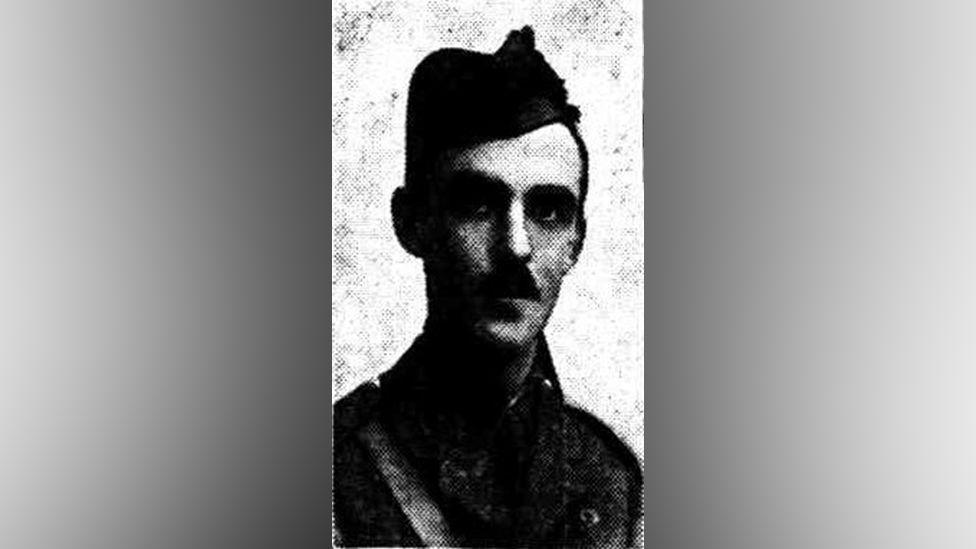
A ceremony to rededicate Capt Cedric Daggett's grave took place on Tuesday
Mr Tattersfield contacted the Ministry of Defence's (MoD) Joint Casualty and Compassionate Centre (JCCC) with his research.
The department then confirmed the unnamed officer's grave belonged to Capt Daggett.
As an officer, Capt Daggett's grave is the only one to be formally rededicated by the MoD.
But Mr Tattersfield said the other unknown graves belonged to those who served with the captain in the Tyneside Scottish.
Relatives of the men were invited to attend the rededication ceremony at Rue-Petillon.
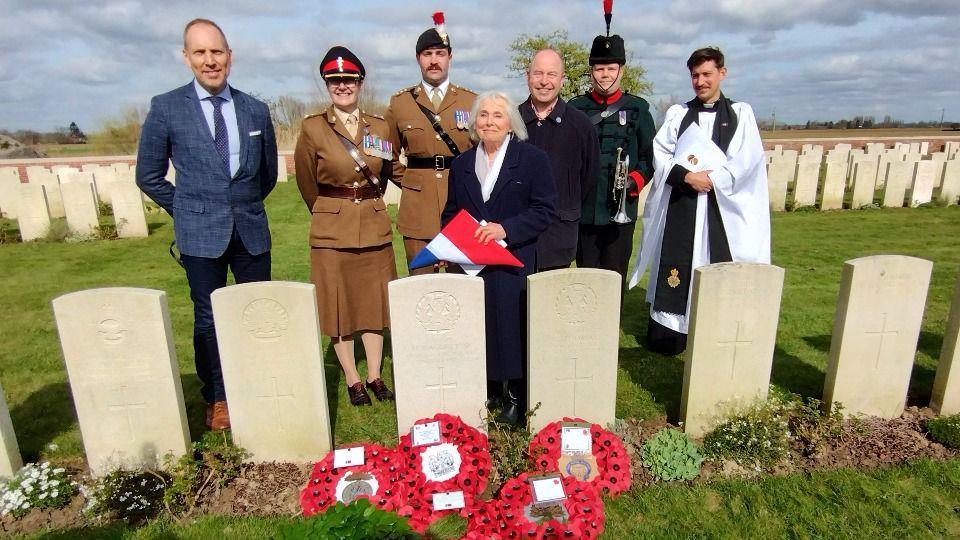
Liz Ashforth, a relative of Capt Daggett, by his grave at the rededication ceremony
Cedric Daggett was born on 3 December 1890 and his family lived at 20 Victoria Square, Jesmond, Newcastle, according to Mr Tattersfield's research.
He worked as a solicitor and enlisted to the Army on 5 September 1914.
The Tyneside Scottish fought at the Battle of the Somme and suffered heavy losses.
Capt Daggett was one of the few officers in the battalion to survive the battle, Mr Tattersfield said.
Liz Ashforth, 83, from Nottinghamshire, is a distant relative of Capt Daggett and attended his rededication ceremony.
She said: "It matters to everyone that their relatives are honoured in this way.
"They are people, not just forgotten people."
JCCC caseworker, Rosie Barron, said it had been a "privilege" to have organised the service.
"He was clearly a very popular, capable and brave young officer, who lost his life whilst assisting his wounded men," she said.
"It is important that the memory of men such as Capt Daggett is kept alive, and his sacrifice is not forgotten."
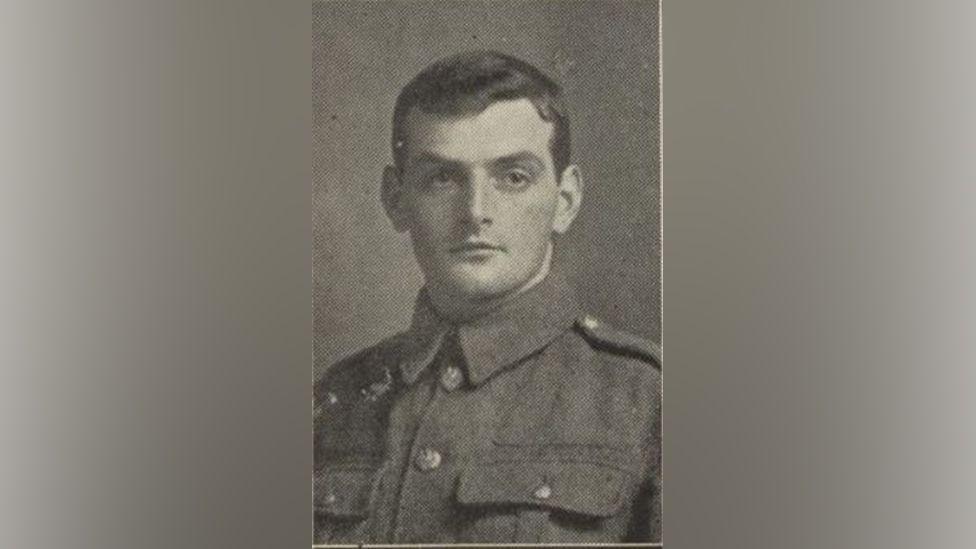
Pte David Walling's relatives were contacted
Ruth Abel, 63, from East Riding of Yorkshire, was contacted by Mr Tattersfield.
Ms Abel is a distant relation of Pte David Walling.
After researching her own family tree, she found 12 men in her family had served in World War One, but only one had returned home.
"I was over the moon to think that there was a possibility of knowing where [Pte Walling] was," Ms Abel said, as she said her mother had an uncle whose resting place was unknown.
The rediscovered soldiers
The missing soldiers from the Tyneside Scottish believed to be buried at Rue-Petillon are:
Capt Cedric Daggett, from Newcastle
Pte Robert Banks, from Patrington, East Yorkshire
Pte Robert Charlton, from Monkseaston, Northumberland
Pte Henry Clarke, from Kirkby Lonsdale, Cumbria
Pte John Collett, from Leeds
L/Cpl John Dockerty, from Bedlington, Northumberland
Pte Frederick Hammond, from Hollow Meadows, South Yorkshire
Pte John Hart, from Hull
Pte Edward Jenkins, from Leominster
Sgt Albert Robinson, from Durham
Pte John Stamper, from Huddersfield
Pte Joseph Storey (who served under the alias Robson), from Gateshead
Pte David Walling, from Barnoldswick, Yorkshire
Pte Reginald Thomas is also buried in Rue-Petillon. He died of his wounds a few days after the military action and was buried with a named headstone.
John Sale and Pte Richard Dillon died as part of the same action, but are buried in other cemeteries.
Follow BBC North East on X (formerly Twitter), external, Facebook, external and Instagram, external. Send your story ideas to northeastandcumbria@bbc.co.uk.
Related topics
More stories from the BBC
- Published25 October 2023

- Published25 July 2017
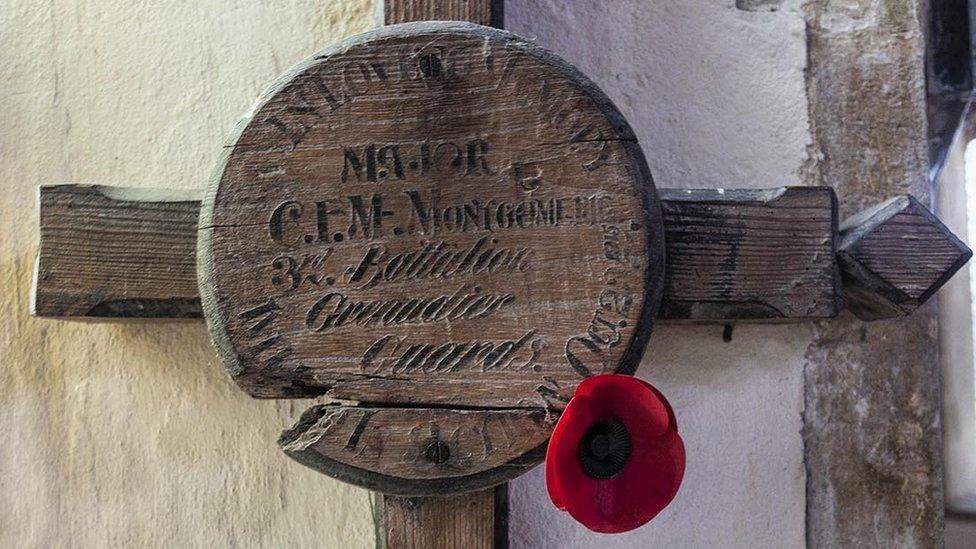
- Published27 September 2023
